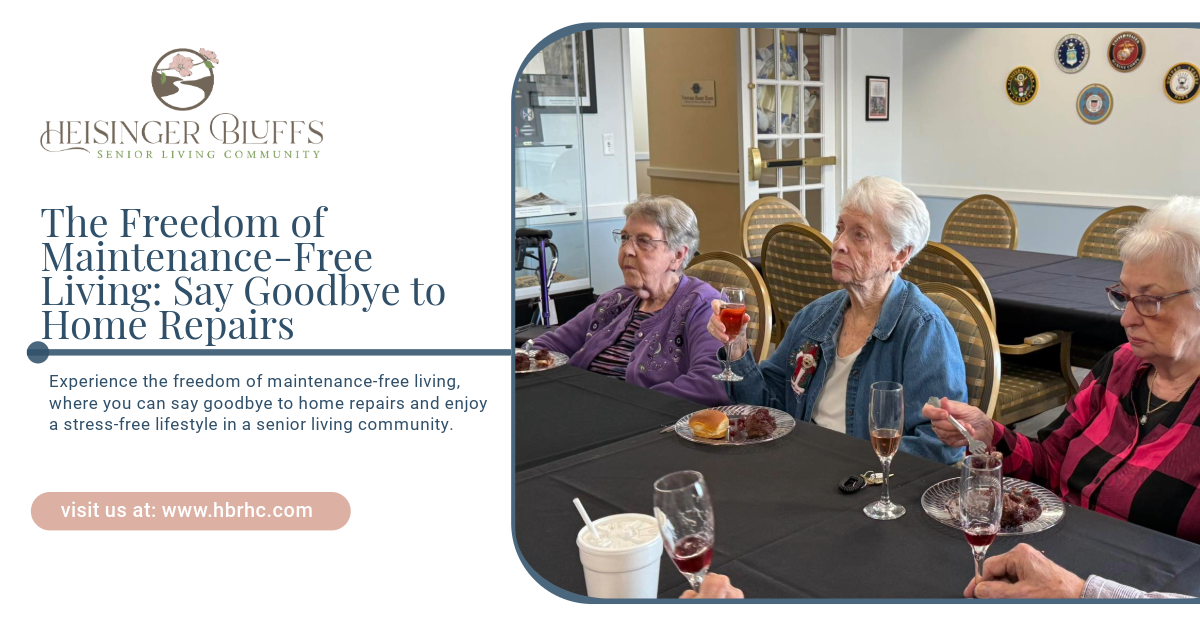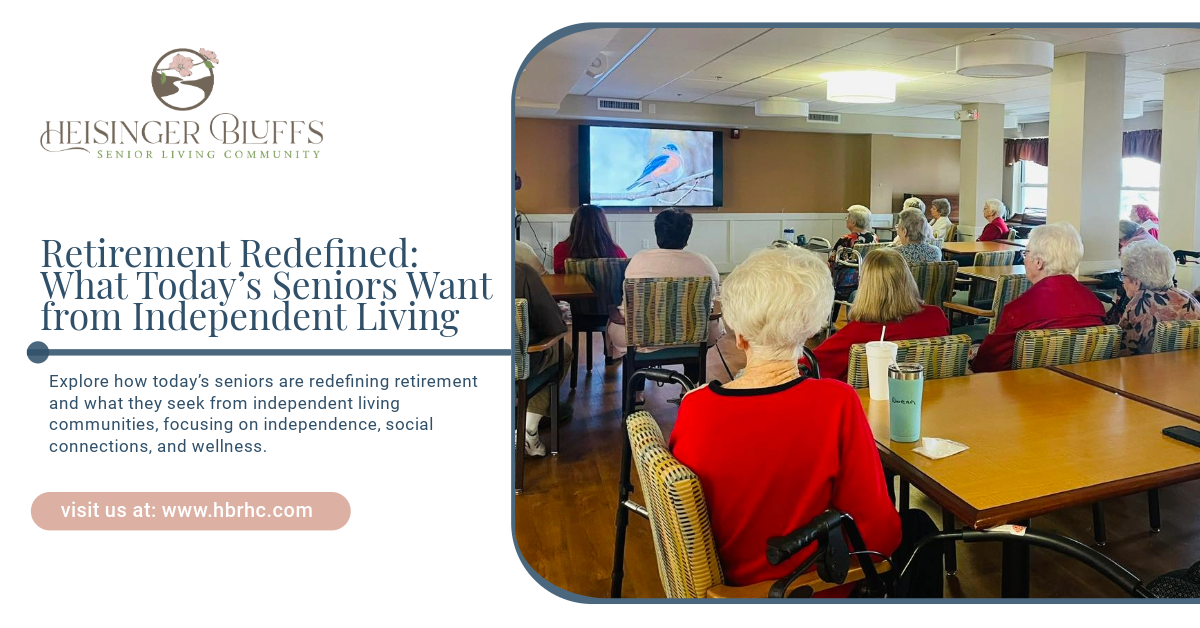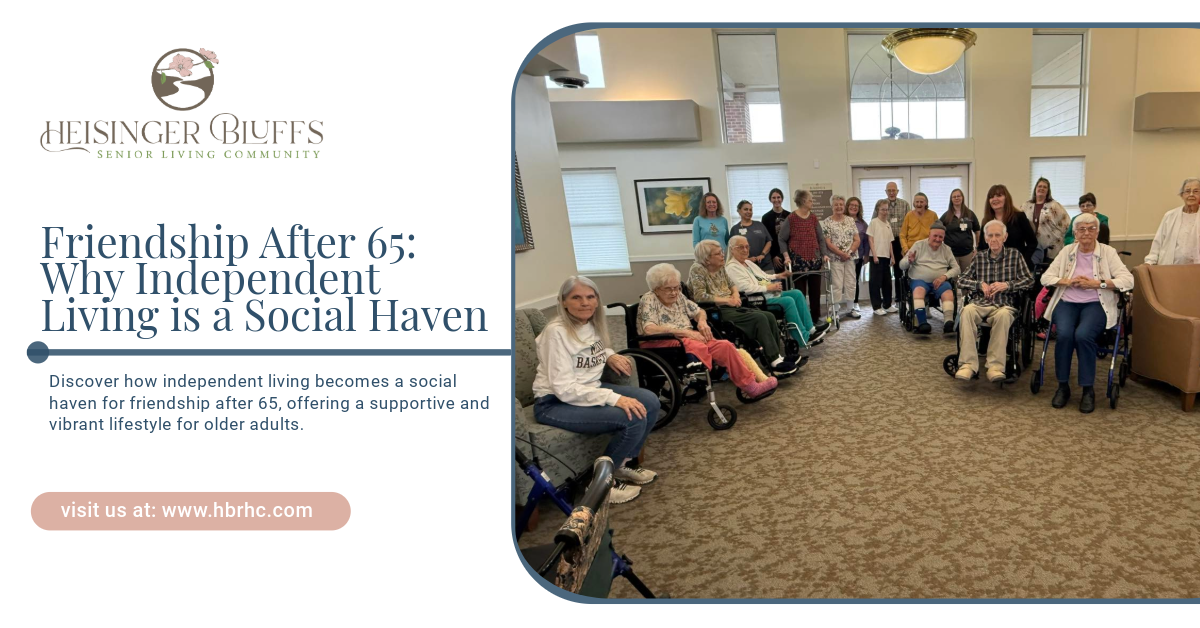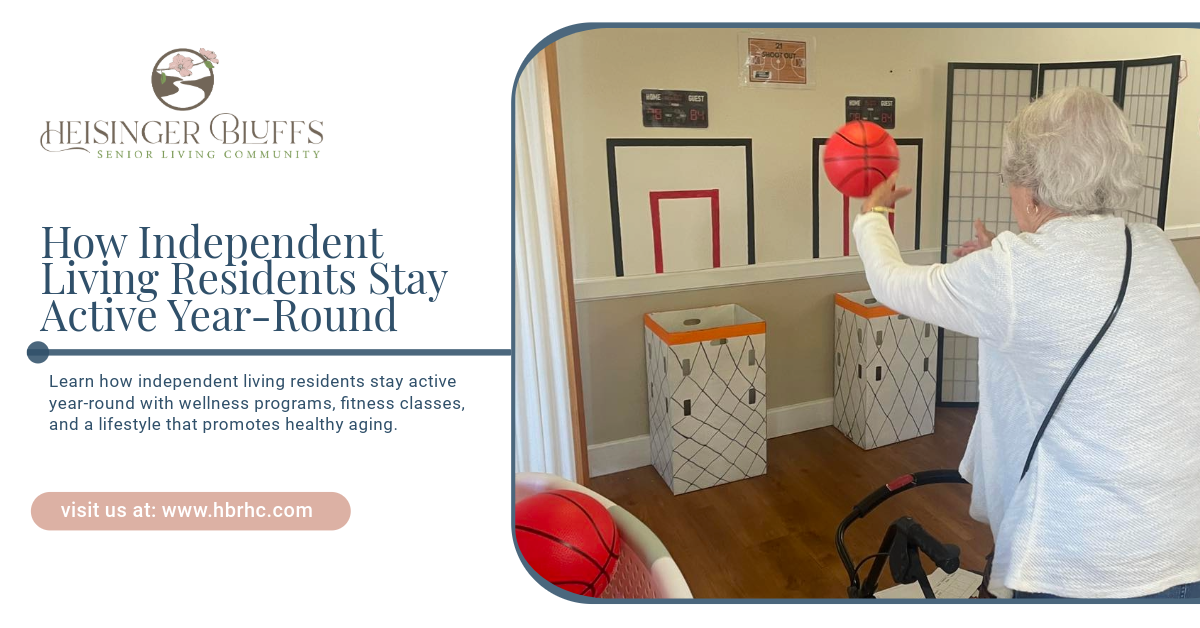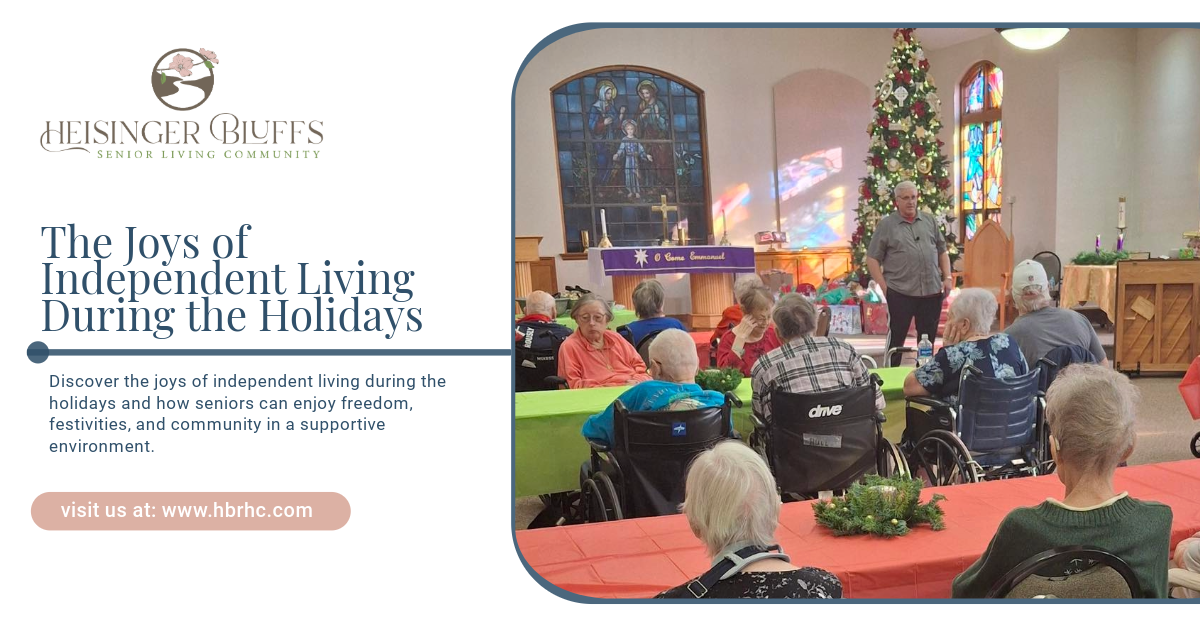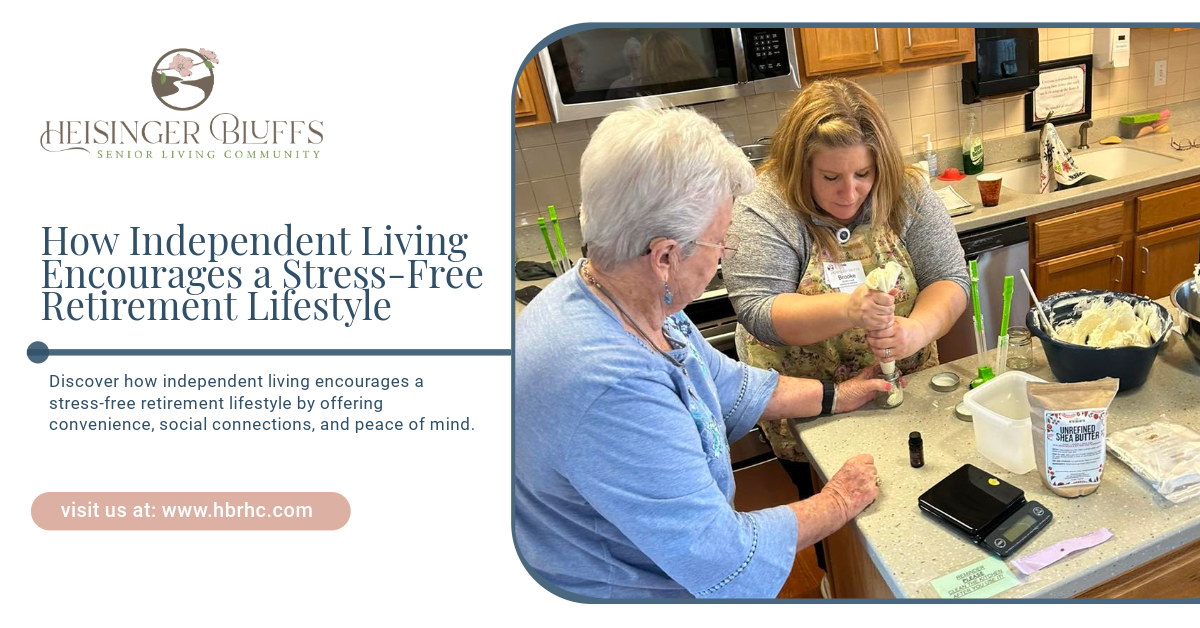Get in touch
How Physical and Occupational Therapy Work Together in Short-Term Care

Physical and Occupational Therapy in Short-Term Care
When seniors undergo short-term care following an injury, surgery, or illness, the primary goal is to restore independence and quality of life as quickly as possible. Two key therapeutic approaches—physical therapy (PT) and occupational therapy (OT)—often work together to help seniors regain strength, mobility, and the ability to perform everyday activities. While physical therapy focuses on improving movement and reducing pain, occupational therapy zeroes in on helping individuals regain the skills they need for daily life. When combined, these two therapies form a holistic approach to recovery, empowering seniors to achieve the best possible outcomes.
Understanding Physical Therapy in Short-Term Care
Physical therapy is a critical component of short-term rehabilitation for seniors. PT is designed to restore movement, improve balance, reduce pain, and strengthen muscles after an injury, surgery, or illness. Whether it's after a hip replacement or stroke, physical therapists work with seniors to help them regain their mobility and prevent further physical decline.
Physical therapists utilize a variety of techniques and exercises, tailored to each patient's specific needs, to help improve range of motion and rebuild strength. Common tools and methods include:
- Stretching and Strengthening Exercises: These are aimed at restoring muscle function and increasing flexibility.
- Balance Training: Particularly important for preventing falls, which are a leading cause of injury among seniors.
- Manual Therapy: Hands-on techniques that reduce pain, improve circulation, and enhance joint movement.
- Gait Training: This helps patients relearn how to walk, often with the assistance of devices like walkers or canes.
Physical therapy focuses on the larger aspects of mobility and movement. For instance, a therapist might help a senior recover from a knee injury by guiding them through exercises that improve joint function, leg strength, and overall endurance.
2. What is Occupational Therapy?
While physical therapy addresses the mechanics of movement, occupational therapy (OT) emphasizes the activities of daily living (ADLs) that make seniors feel independent and capable. OT assists seniors in relearning how to perform tasks such as dressing, bathing, eating, and even cooking after they've experienced a decline in physical or cognitive function.
Occupational therapists evaluate the challenges their patients face in performing daily tasks and create personalized treatment plans to improve their ability to perform these activities independently. This type of therapy can involve:
- Adaptive Techniques: Helping seniors adapt to their new physical limitations, for example, by teaching them how to use special tools for dressing or eating.
- Home Safety Assessments: Identifying potential hazards and making suggestions for modifications (such as grab bars or ramps) to make the home safer.
- Energy Conservation: Teaching seniors how to pace themselves when engaging in everyday tasks to avoid overexertion.
- Cognitive Rehabilitation: For patients experiencing memory or cognitive challenges, OT might focus on improving problem-solving skills and memory techniques.
Occupational therapists aim to ensure that seniors can return to their homes with confidence, equipped with the tools and knowledge they need to navigate their environments and care for themselves.
3. How Physical and Occupational Therapy Complement Each Other
Though PT and OT have different focuses, they often overlap and complement each other to create a comprehensive care plan. For example, a senior recovering from hip surgery may need physical therapy to strengthen their legs and improve mobility. At the same time, they may require occupational therapy to relearn how to safely get in and out of bed or a chair without putting strain on their healing hip.
Both therapies work together in the following ways:
- Holistic Recovery: PT addresses the larger-scale muscle and movement recovery, while OT focuses on the practical aspects of everyday life. Together, they ensure both the physical and functional aspects of recovery are covered.
- Improved Mobility and Function: While PT works to restore strength and mobility, OT ensures that this new mobility translates to real-world function—like being able to walk to the bathroom or cook a meal.
- Enhanced Independence: By combining PT and OT, seniors gain the strength and skills they need to live more independently. Physical therapy restores the body's ability to move, while occupational therapy equips them to use those movements in meaningful ways.
- Personalized Treatment Plans: PT and OT specialists often collaborate to create a cohesive, customized rehabilitation plan for each patient. This ensures that all aspects of recovery are addressed simultaneously for the best possible outcome.
4. The Role of Physical and Occupational Therapy in Short-Term Care Facilities
Short-term care facilities, often part of skilled nursing centers, offer a temporary but intensive environment for rehabilitation. After a hospital stay, seniors can benefit from around-the-clock care while receiving targeted PT and OT services aimed at speeding recovery. In these settings, therapists work closely with medical staff and caregivers to ensure progress is tracked and goals are met.
In short-term care, the following benefits come from integrating PT and OT:
- Collaborative Approach: Physical and occupational therapists communicate frequently to make sure that mobility gains achieved through PT translate into functional improvements in OT.
- Regular Progress Monitoring: Therapists can adjust their treatment plans based on the senior’s progress, ensuring that goals are realistic and tailored to the patient’s evolving needs.
- Comprehensive Support: Besides therapy, seniors benefit from comprehensive medical care, dietary support, and social engagement, all of which help improve recovery outcomes.
5. Common Conditions Addressed with Physical and Occupational Therapy
Physical and occupational therapy are most commonly used together for seniors recovering from:
- Orthopedic Surgeries (e.g., hip or knee replacements): PT works on improving mobility, while OT helps with adaptive techniques for daily tasks.
- Stroke Rehabilitation: PT helps restore balance and movement, while OT addresses challenges like dressing, bathing, and relearning fine motor skills.
- Chronic Conditions (e.g., arthritis, Parkinson’s disease): Both therapies can help manage pain, improve function, and maintain quality of life.
- Falls or Injuries: PT focuses on rebuilding strength and stability, while OT works to ensure that seniors can safely navigate their environment.
6. Benefits of Combining PT and OT in Short-Term Care
The combination of PT and OT has several important benefits for seniors in short-term care, including:
- Faster Recovery Times: By addressing both the physical and functional aspects of recovery, seniors can often return home faster and with greater confidence.
- Improved Quality of Life: Both therapies together improve overall quality of life by restoring not just movement, but the ability to engage in meaningful daily activities.
- Long-Term Success: The combined approach helps seniors retain their independence longer and reduces the likelihood of returning to the hospital or needing long-term care.
In short-term rehabilitation, the integration of PT and OT offers a well-rounded recovery program that takes seniors from hospital discharge to home, with the strength, skills, and confidence they need to live independently again.
Conclusion
Choosing a short-term care facility that offers both physical and occupational therapy is crucial for seniors recovering from illness, surgery, or injury. These therapies complement each other by addressing both the physical aspects of recovery and the practical skills needed for daily life.
Heisinger Bluffs is proud to offer comprehensive short-term rehabilitation services, where physical and occupational therapists work together to ensure seniors achieve their best possible recovery outcomes.
Frequently Asked Questions
How long does short-term rehabilitation typically last?
The length of short-term rehab varies depending on the individual’s condition, but it can range from a few weeks to a few months. The healthcare team will monitor progress and adjust the treatment plan as needed.
Can physical and occupational therapy be used together for conditions like arthritis?
Yes, physical and occupational therapies are often used together to help seniors manage arthritis. PT focuses on improving mobility and reducing pain, while OT helps with adaptive strategies for daily tasks.
What should I expect during the first session of occupational therapy?
During the first session, the occupational therapist will evaluate your loved one’s abilities and challenges related to daily living activities. They will then develop a personalized treatment plan focused on helping them regain independence.



Want to know more?
We will get back to you as soon as possible.
Please try again later.
You May Also Like To Read
Heisinger Bluff’s Life Plan Community is here to make your senior years safe, stimulating and enjoyable so that you can savor the present, knowing the future will be taken care of.
QUICK LINKS
CONTACT
©2024. Heisinger Bluffs. All rights reserved.


